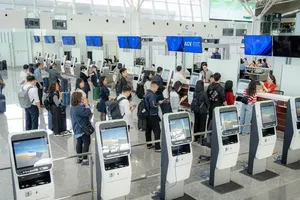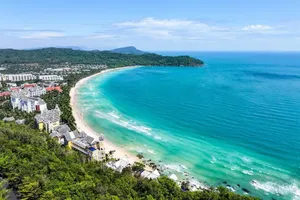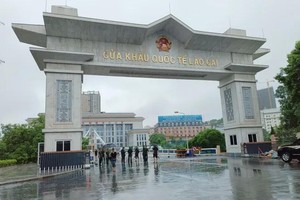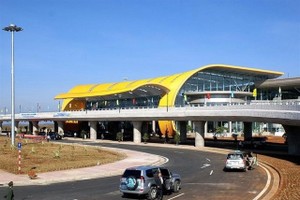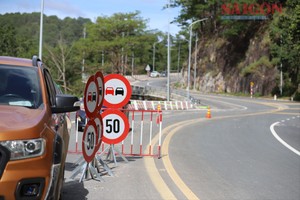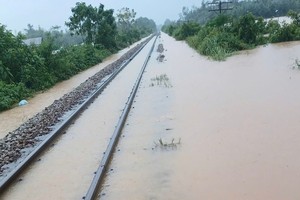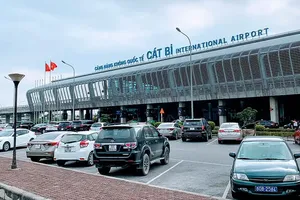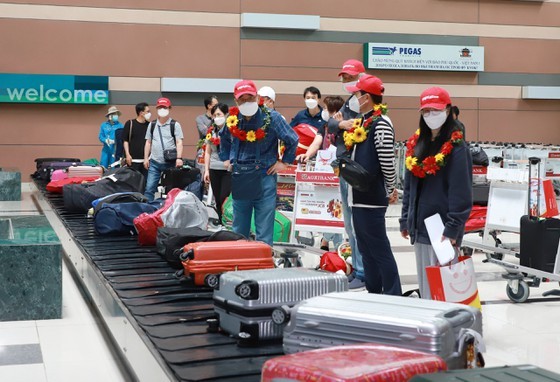 First international tourists arrive in Vietnam after reopening.
First international tourists arrive in Vietnam after reopening.
Vietnam greeted more than 140,000 international tourists in the first 11 months of 2021. Arrivals by air accounted for 68.9 percent, down 96.9 percent. Foreign guests arriving by road were 30.7 percent, dropped 92.9 percent and those coming to Vietnam by sea occupied 0.4 percent, fallen 99.7 percent.
The number of international visitors to Vietnam has seen a rise thanks to the Government’s approval of the pilot program to receive foreign tourists in Da Nang, Quang Ninh, Quang Nam, Khanh Hoa and Kien Giang starting in November. Under the program, international tourists must register to participate in package tours with travel agencies via commercial and charter flights.
Welcoming the return of foreign visitors to Vietnam is one of the important steps in the revival of the tourism industry towards the gradual reopening and economic growth and recovery.
The revival and reopening of tourism in the country has to be implemented with strict security measures to ensure the services’ quality and affirm Vietnam’s tourist attraction. Visitors are offered new experiences with the “Live fully in Vietnam” program.
 Travel, accommodtion and food services have been resumed.
Travel, accommodtion and food services have been resumed.
The Vietnam National Administration of Tourism (VNAT) has actively carried out many promotional programs to revive tourism, such as launching video clips promoting Vietnamese tourism on local and international communications channels, Vietnam-travel, VNAT’s social platforms of Facebook, Instagram, Pinterest, Youtube, Tiktok.
However, revenue from accommodation and food services of localities sharply decreased in the first 11 months compared to the previous time period. HCMC dropped by 45.5 percent, followed by Binh Duong (24.8 percent), Thua Thien-Hue Province (21.8 percent), Da Nang and Dong Nai (21.5 percent), Hanoi (16.1 percent).
Revenue from travel and tourism of some provinces and cities also saw a significant decline in the first 11 months of 2021 due to the Covid-19 pandemic, including Quang Ninh (31.4 percent), Quang Binh (41.4 percent), Hanoi (41.7 percent), Ba Ria-Vung Tau (43.7 percent), Hai Phong (49.9 percent), Da Nang (53.4 percent), HCMC (61 percent), Nghe An (67.7 percent), Quang Nam (81.2 percent), Thua Thien-Hue (81.4 percent) and Khanh Hoa (83.3 percent).

